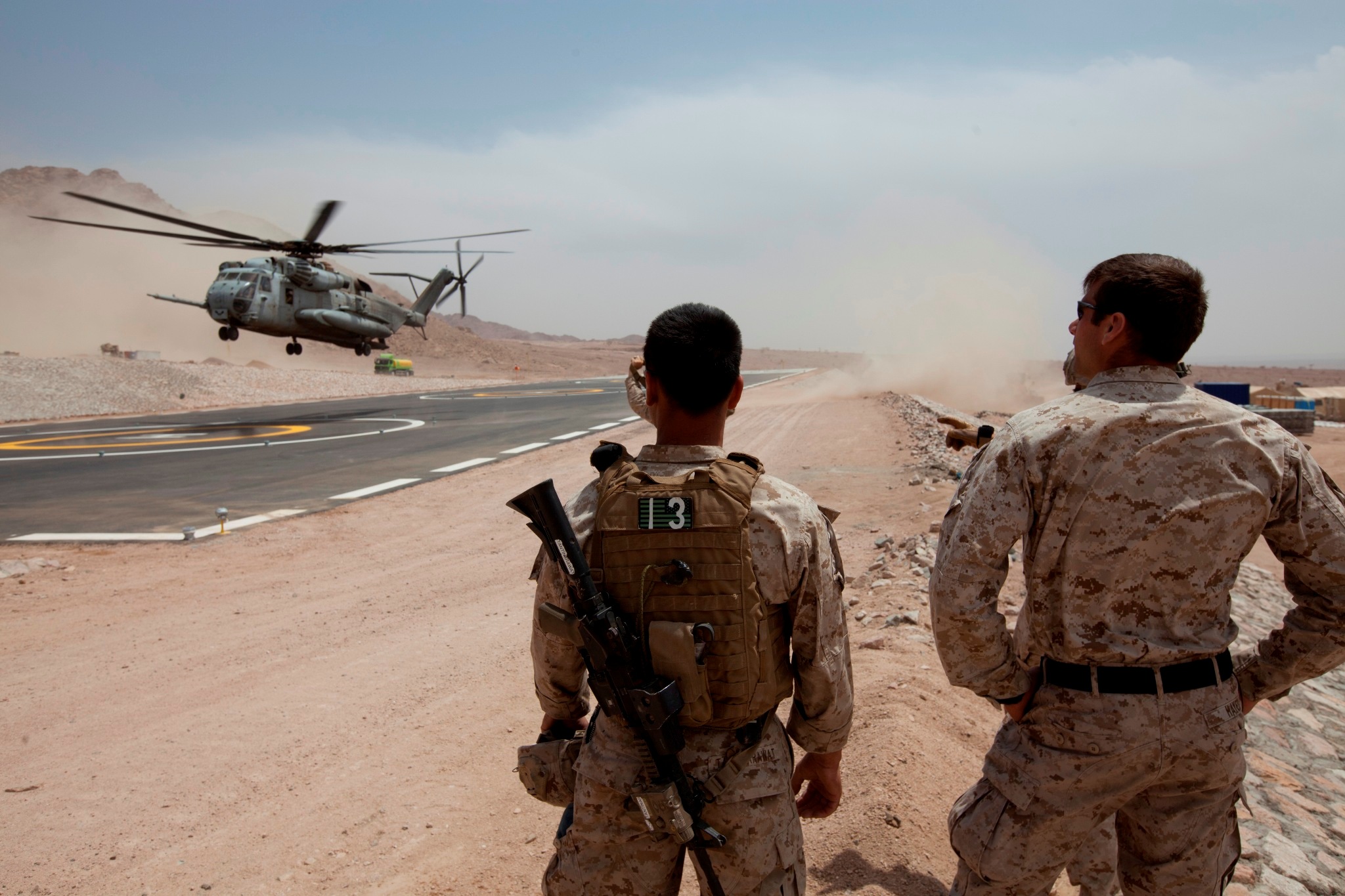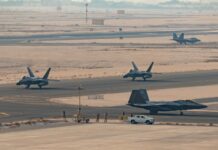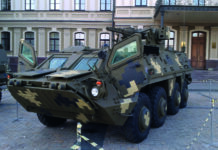The Middle East enters 2025 burdened with multiple conflicts and tensions, all of which are contributing to significant geopolitical shifts. It is difficult to optimistically anticipate a peaceful year ahead.
Certain dates in international politics hold both symbolic and transformative significance. For instance, 1989 marked the end of the Cold War, bringing fundamental changes to the global system. The year 2001 signalled the start of the global war on terror, a pivotal moment for the world. Similarly, 7 October 2023, will be remembered as a landmark date; Hamas’s shocking attack on Israel acted as a catalyst for changes that have reshaped the political, social, and economic landscape of the Middle East. Throughout 2024, the region commanded unparalleled global attention, overshadowing other events, including Russia’s aggression against Ukraine.
Even with things quietening down in the wake of two important ceasefires between Israel and militant groups, the security situation will not see a great improvement, as the Middle East remains plagued by ongoing issues, including the unresolved question of Palestinian statehood (a vision currently more distant than in the past). The main factors presently contributing to the region’s overall instability include: the collapse of the Assad regime in Syria and its internal and regional consequences, tensions between Israel and Iran, internal crises in Lebanon and Yemen, the economic and political weakness of all countries in the region, societal discontent, and the strength of radicalism. Stability is further hindered by the absence of a regional ‘policeman’ in the Middle East capable of resolving conflicts and disputes.

Ceasefires signed, but will the conflict stay frozen?
The Israel-Hamas ceasefire went into effect on 19 January 2025, and the first phase is set to last until 3 March 2025. The agreement marked a pause in Israel’s prolonged and bloody campaign in Gaza and beyond, with repercussions far beyond its borders. Thus far, Gaza suffered over 47,300 deaths, according to Gaza’s Hamas-run Ministry of Health, devastation of its infrastructure, and famine before the eyes of a world which seemed powerless to stop the fighting.
The conflict also spilled into Lebanon, seeing large-scale bombardment of much of the south of the country by the Israeli Defence Forces (IDF), along with devastation of Hezbollah’s leadership. The conflict culminated in a ceasefire which went into effect on 27 November 2024, and was originally set to expire on 27 January 2025. Yet on 26 January, on the day Israeli forces were supposed to have withdrawn from southern Lebanon under the agreement, they had not withdrawn. In response, Lebanese residents protested this and attempted to return home by breaching Israeli roadblocks, but this move was contested by the IDF, who opened fire, killing 24 and injuring 134. Consequently, according to a White House statement, a new deadline of 18 February for Israeli withdrawal has been agreed by Israel and Lebanon.
At the tactical level, Israel’s adversaries are weaker than a year ago. Hamas has endured severe losses in resources, including its logistical base, as well as numerous commanders and fighters. Hezbollah has also been weakened. Aware of Hezbollah’s formidable capabilities in irregular warfare, Israel limited its operations to airstrikes and incursions into border areas. These measures have impaired Hezbollah’s operational capabilities, forcing it into a defensive posture.
Risk of escalation with Iran
The risk of a military confrontation between Israel and Iran looms large. While both actors have long been adversaries, tensions between the two became particularly intense over the past year. Previously confined to cyber warfare, propaganda, and proxy engagements, the rivalry escalated in 2024 with direct confrontations in April and October. This marked a new level of escalation, heightening tensions significantly.
Iran’s armed response has been particularly notable. Historically operating below the threshold of open war, Tehran conducted direct strikes on Israel to restore its deterrence. However, this effort yielded mixed results. While Iran demonstrated its military capability and willingness to strike, its successes were limited, and it does not appear that Israel has been successfully deterred. As a result, Iran has been pushed into a defensive position, making it unlikely to regain its standing in 2025.
The fall of Syria
The lightning offensive by various opposition militant groups, including Jihadi fighters, against Assad’s forces caught many by surprise. While the weakness and low morale of government forces were well-known, few anticipated that the regime would collapse so quickly, leading to President Bashar al-Assad fleeing the country within days and ending his 24 year rule (or his family’s 54 year rule). Consequently, a previously stable – albeit authoritarian – state near Europe has vanished, leaving behind a chaotic vacuum. In 2025, Syria is expected to endure internal conflict and sustained violence rather than progress toward establishing a stable and effective government.
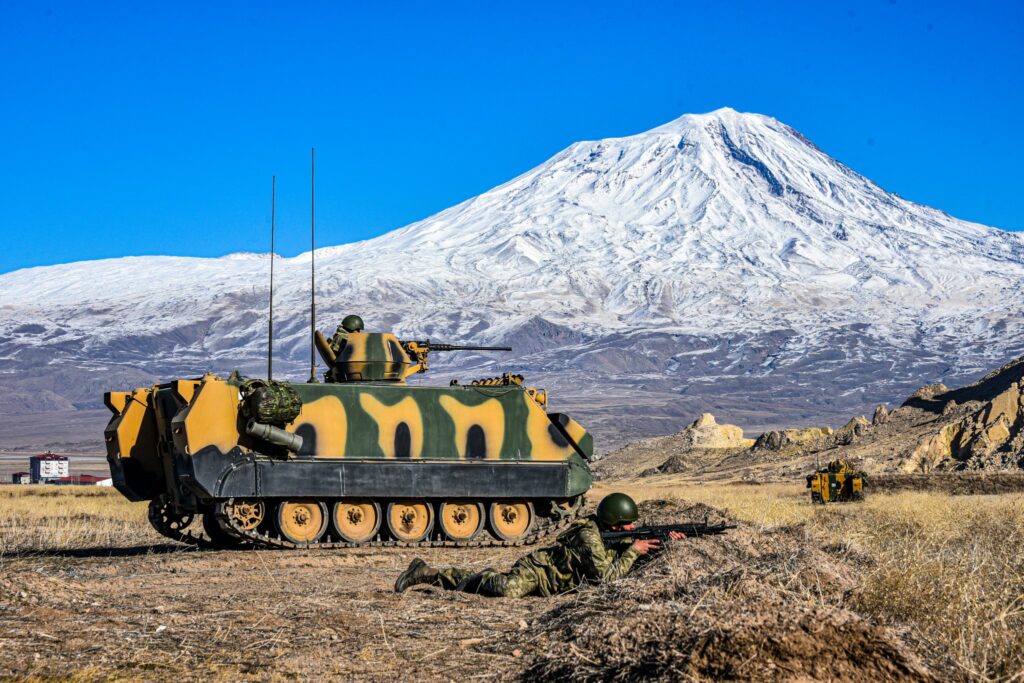
Even if the new Syrian authorities prove to be relatively moderate and allow religious minorities, including Christians, to participate in governance, a fundamental problem will remain: how to lift Syria out of complete economic collapse? The dire economic situation was the primary cause of social discontent against Assad’s regime at the turn of 2010 and 2011. The starting point would have to be the lifting of European and American sanctions imposed on Assad. An open question remains whether the Syrian authorities will have a strategy to persuade the West to lift these economic sanctions. Gaining international legitimacy will be one of the most significant challenges.
Geopolitical implications for Iran
The fall of Assad’s regime is a significant blow to Iran, whose geopolitical position in the Middle East is now far weaker than in 2024. Iran’s network of alliances, known as the ‘Resistance Front’, has been severely undermined, alongside its reputation as a leader of the anti-Western and anti-Israeli bloc. Key Iranian allies have suffered devastating losses, including the assassinations of Hassan Nasrallah (Hezbollah) and Ismail Haniyeh (Hamas), along with dozens of other military and political leaders. These setbacks represent a profound humiliation for Iran, leaving it struggling to recover.
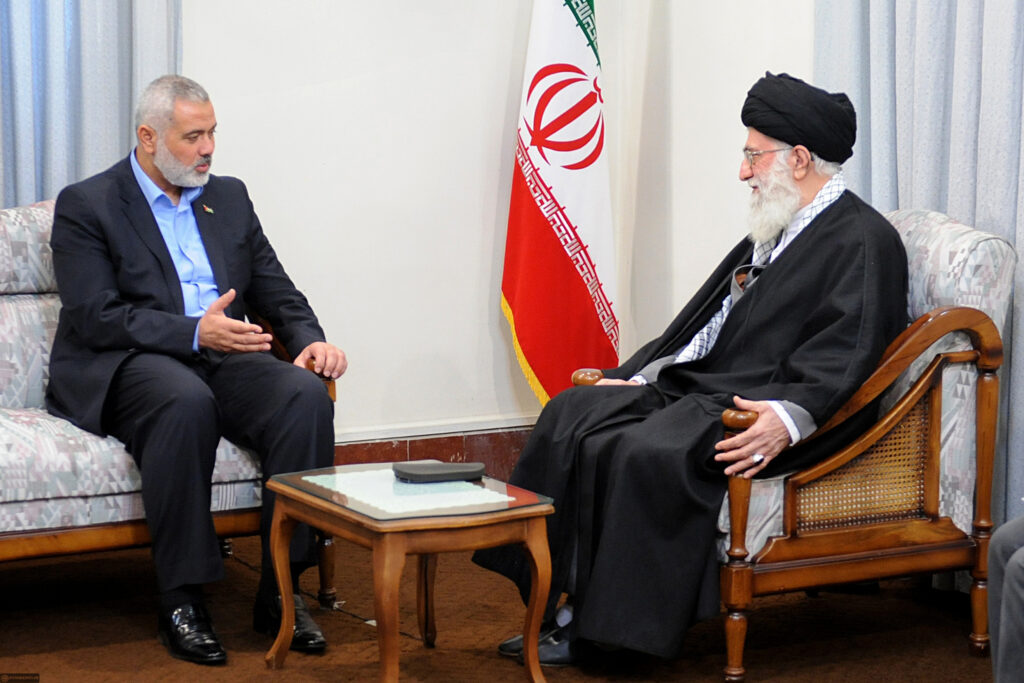
The loss of Syria dramatically reduces Iran’s capacity to exert influence over Israel, while Israel retains its ability to strike Iran. This development also casts doubt on Iran’s previously ambitious vision of reshaping regional security and order in the Middle East. Efforts to solidify its leadership of the global Shia community have faltered, pushing the entire Shia bloc into a defensive position.
The collapse of Assad’s regime in Syria and Israel’s unchallenged elimination of key pro-Iranian leaders have made Yemen’s Ansar Allah (the Houthis) more critical to Tehran. Yemen, a failed state, continues to impact regional security architecture. Despite years of engagement by Arab forces and numerous US-led aerial strikes, the pro-Iranian Houthis remain a potent force, capable of effectively targeting commercial shipping in the region. In 2025, intensified Israeli aerial campaigns are anticipated, aimed at degrading Ansar Allah’s long-range strike capabilities.
Winners and losers
As 2025 begins, Russia finds itself significantly weakened in the Middle East. The Kremlin had been directly involved in Syria since September 2015, launching an air campaign to bolster Syrian, Iranian, and Iranian-backed ground forces. This intervention successfully preserved Assad’s regime and established relative stability, with a relatively modest military contingent (around 7,000 to 8,000 troops) at the time of Syria’s collapse. However, the fall of Assad’s government deals a severe blow to Russia’s reputation and geopolitical standing in the region, diminishing its capacity to project power in both the Mediterranean and Africa.
In return for supporting Assad, Russia gained access to two critical military facilities. The Khmeimim Air Base served as a cornerstone for Russia’s operations in Africa, including its growing influence in the Sahel. These efforts not only bolstered Moscow’s position on the continent but also allowed it to exert strategic pressure on Europe, such as through the manipulation of migrant flows. Losing Khmeimim disrupts Russia’s logistical network, complicating supply chains and the export of resources; particularly mining contracts essential for Russia’s economy and the private military contractor (PMC) Wagner Group. The Tartus Naval Base supported Russia’s Mediterranean task force, comprising a range of naval assets, including Grigorovich class frigates, Kilo class submarines, and supply ships. Its loss leaves Russia without a secure Mediterranean warm-water foothold, forcing reliance on more distant facilities in Crimea and reducing its regional and global power projection capabilities.
While Russia’s influence wanes, Türkiye’s power in the region grows. The overthrow of Assad and the rise of Islamist factions in Syria represent a major victory for President Erdoğan, who has successfully expanded Ankara’s influence across the Middle East and into Africa. If Türkiye maintains its hold over Syrian rebels, it will gain substantial leverage in its dealings with Europe and the United States. This could lead to further crises within NATO and increased use of migration as a tool of political pressure against Europe.
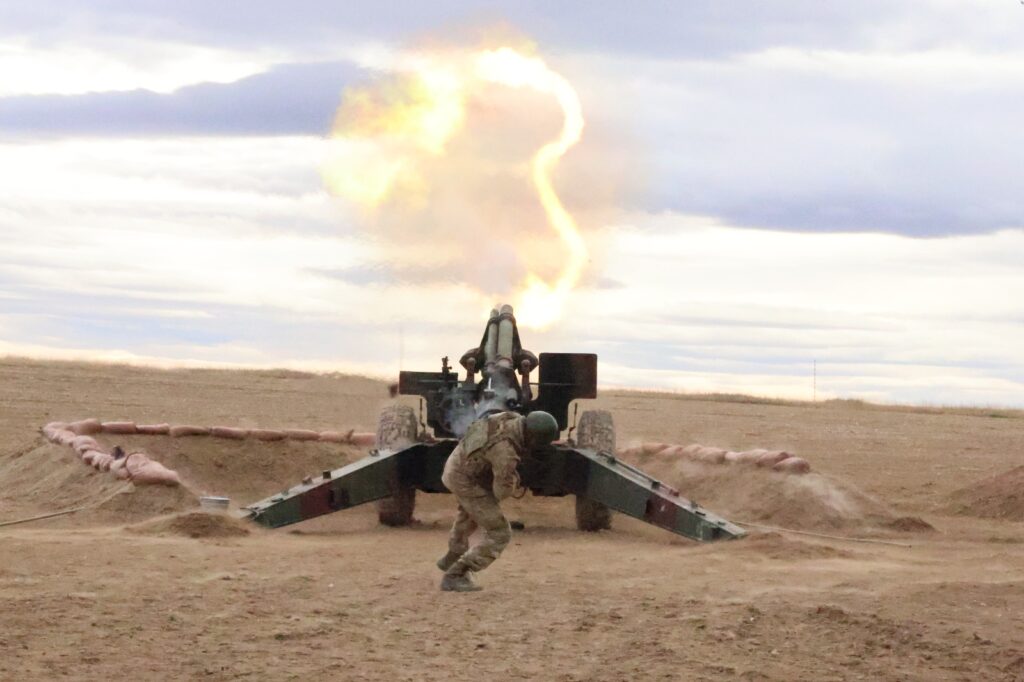
Despite its growing influence, Türkiye is unlikely to push for the formal disintegration of Syria. Such a scenario could reignite Kurdish independence movements, which Ankara views as a significant threat to its territorial integrity. In 2025, Türkiye plans to allocate a record USD 47 billion to military spending, signalling its intent to solidify its regional power. However, this military buildup will likely focus on maintaining control and countering Kurdish aspirations, rather than promoting the fragmentation of Syria.
What’s next?
The year 2025 promises to be one of profound uncertainty for the Middle East, marked by volatile developments and shifting power dynamics. The future of post-Assad Syria, which includes the role of external players, and the trajectory of political struggles remains uncertain. However, it is highly likely that Syria will be plagued by bloody conflict and dominated by Islamist factions. This instability will have a ripple effect, threatening an already fragile Lebanon and even the previously stable and peaceful Jordan. The latter, a pro-Western, but economically struggling monarchy, faces increasing internal pressure from opposition groups dissatisfied with both the monarchy’s policies and the nation’s economic situation. In the long term, the potential spillover of violence into Jordan represents a significant regional risk.
Another unknown major variable is the direction of US policy in the Middle East under President Donald Trump. One certainty is Trump’s aversion to involving the United States in any new wars in the region. Nevertheless, stronger support for Israel is anticipated. Alongside political backing, Israel is expected to receive increased military aid from the United States, emboldening Prime Minister Netanyahu to escalate military operations. Having crossed a point of no return, Netanyahu may feel compelled to undertake bold – albeit fruitless – steps to ongoing challenges, particularly concerning Iran.
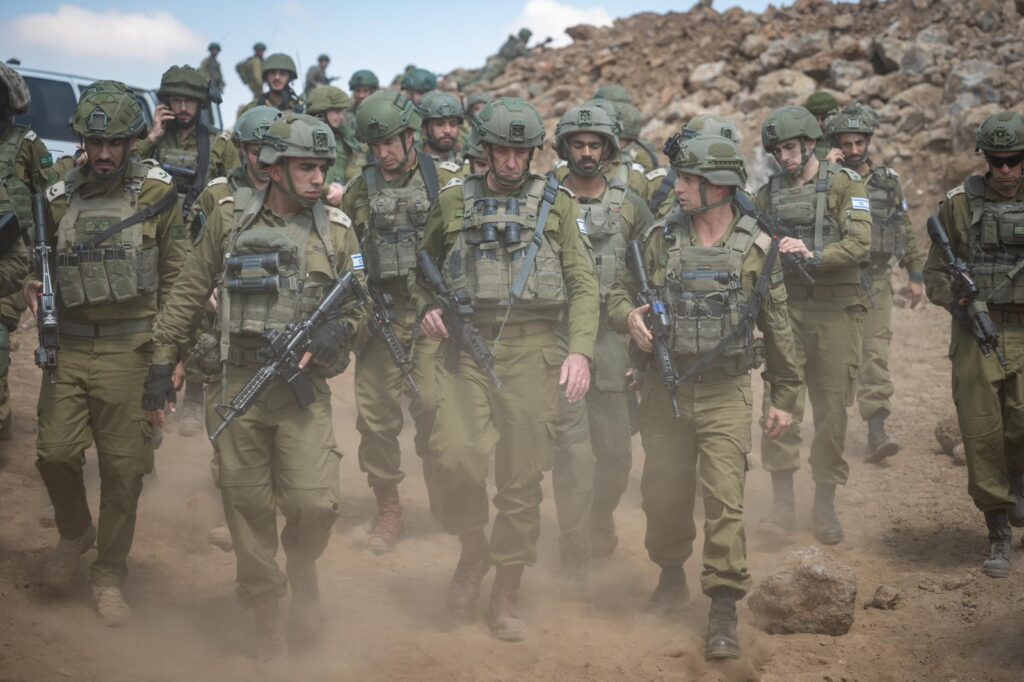
Simultaneously, a thaw in US-Saudi relations appears likely, marking a departure from the strained ties during Biden’s presidency, which once vowed to make Saudi Arabia a “pariah”. A rapprochement under Trump could pave the way for normalised relations between Saudi Arabia and Israel, though unresolved issues surrounding Palestine remain a significant obstacle. Even if progress is made in 2025, neither side is likely to publicly celebrate such developments.
Nevertheless, optimism for an improved regional security environment is limited. The region’s conflicts remain fundamentally unresolved, except for a tentative warming of relations between Iran and Saudi Arabia. Despite the pause in fighting, the Gaza crisis remains a pivotal issue which will continues to impact the Middle East profoundly. The Israeli leadership’s reluctance to pursue peace, coupled with the possibility for future military strikes against targets in Gaza, Lebanon, Syria, Iraq, and even Yemen, is likely to stymie diplomatic efforts. Moreover, extreme factions within Israel, advocating for the forced expulsion of Palestinians and the expansion of Jewish settlements in the West Bank, further exacerbate tensions.
The Gaza crisis has far-reaching consequences, catalysing radicalisation across the Middle East. Many in the region perceive Israel’s actions in Gaza as acts of genocide and ethnic cleansing. The longer these actions persist, the more they inspire young individuals frustrated by economic conditions, to join extremist groups. This dynamic also widens the gulf between dissatisfied Arab populations and their often-authoritarian governments, straining social cohesion.
Despite growing frustrations, Arab states remain unwilling to confront Israel directly. During a joint summit of the Organization of Islamic Cooperation (OIC) and the Arab League in Riyadh in November 2024, calls were made for international support to expel Israel from the United Nations and establish an independent Palestinian state with East Jerusalem as its capital. Yet, these proposals are unlikely to translate into decisive action against Israel. However, with the relative unpredictability brought by a Trump presidency and, intra-party tensions within the Israeli government, and the dissatisfaction of many Israeli citizens with the government, Netanyahu’s position is not unassailable, and the year ahead may yet yield some unexpected results.
Robert Czulda

